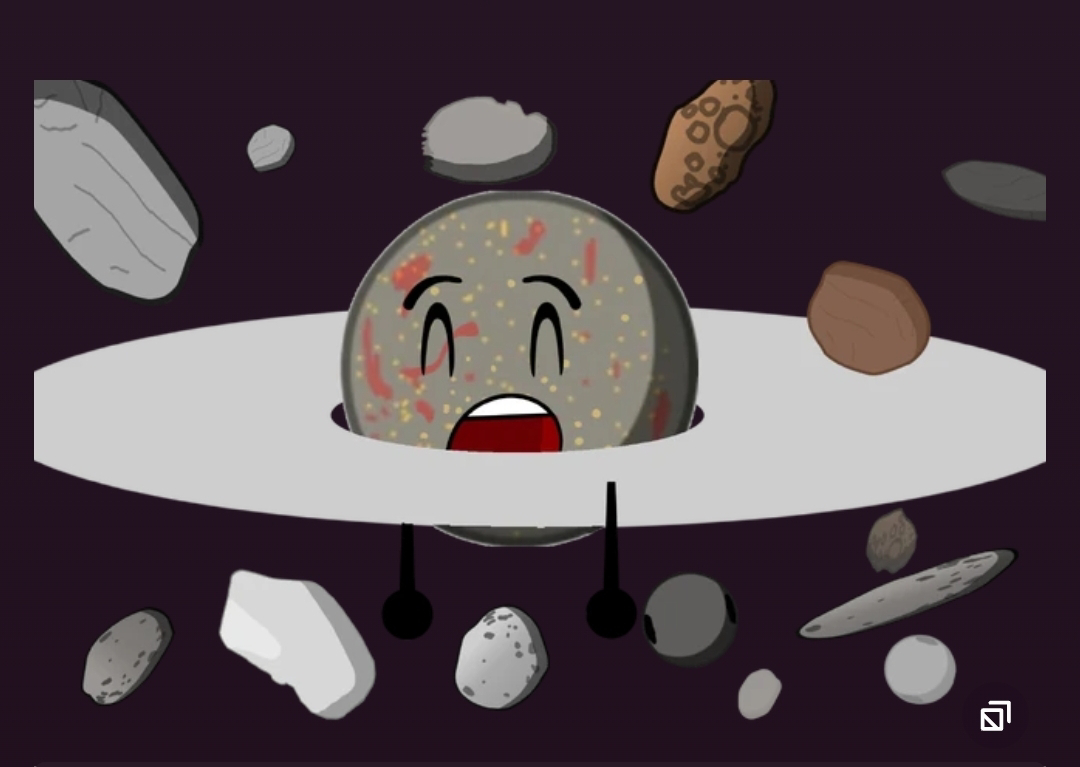White Dwarf SDSS J1228+1040: A Stellar Relic Challenging Young Earth Creationism
White dwarfs are the remnants of Sun-like stars that have exhausted their nuclear fuel and shed their outer layers. They are incredibly dense objects, with masses comparable to the Sun packed into a volume similar to Earth. SDSS J1228+1040, a white dwarf located roughly 400 light-years away, is one such stellar relic that presents a significant challenge to the young Earth creationism (YEC) model.
Stellar Evolution and White Dwarf Formation
The accepted scientific understanding of stellar evolution posits that stars like our Sun undergo a series of transformations over billions of years. After exhausting their hydrogen fuel, they expand into red giants, fusing helium into heavier elements. Eventually, they shed their outer layers, leaving behind a hot, dense core—a white dwarf. The white dwarf gradually cools and fades over billions of years.
The existence of white dwarfs, including SDSS J1228+1040, directly contradicts the YEC model, which claims the universe is only a few thousand years old. The cooling timescales of white dwarfs, based on established physics, far exceed the YEC timeline. For SDSS J1228+1040 to have cooled to its current state would require billions of years, firmly placing its formation and evolution within the framework of an ancient universe.
Planetary Debris and the SDSS J1228+1040 System
One of the most compelling features of SDSS J1228+1040 is the presence of a debris disk surrounding it. This disk consists of the shattered remains of a planetary body that once orbited the star. The detection of such debris around a white dwarf offers crucial insights into planetary system evolution and the fate of planets orbiting Sun-like stars.
The formation and evolution of planetary systems, including the processes leading to the destruction of planets and the creation of debris disks, require vast timescales. The presence of a debris disk around SDSS J1228+1040 implies that the star and its planetary system are significantly older than the few thousand years proposed by YEC. This evidence reinforces the notion that the universe has a long and complex history, far beyond the constraints of a young Earth scenario.
Spectroscopic Analysis and Heavy Elements
Detailed spectroscopic analysis of SDSS J1228+1040 reveals the presence of heavy elements like oxygen, magnesium, silicon, and iron in its atmosphere. These elements are forged in the cores of massive stars through nucleosynthesis and are dispersed into space through supernova explosions.
The presence of heavy elements in a white dwarf like SDSS J1228+1040 signifies multiple generations of stellar evolution. The formation of massive stars, their subsequent deaths in supernovae, and the incorporation of their ejected material into subsequent generations of stars are processes that require billions of years. The composition of SDSS J1228+1040 thus provides a compelling argument against the YEC model and supports the scientifically established age of the universe.
Implications for Young Earth Creationism
The study of white dwarf SDSS J1228+1040 and the evidence it provides present a formidable challenge to young Earth creationism. The cooling timescale of the white dwarf, the presence of a planetary debris disk, and the detection of heavy elements in its atmosphere collectively point to a universe that is billions of years old.
While YEC proponents may attempt to reinterpret or dismiss these findings, the evidence from SDSS J1228+1040, along with the broader body of scientific knowledge, overwhelmingly favors the established models of stellar evolution and cosmic history. As our understanding of white dwarfs and their environments deepens with future research, it is likely to further solidify the scientific consensus and challenge the claims of young Earth creationism.





Comments
Post a Comment